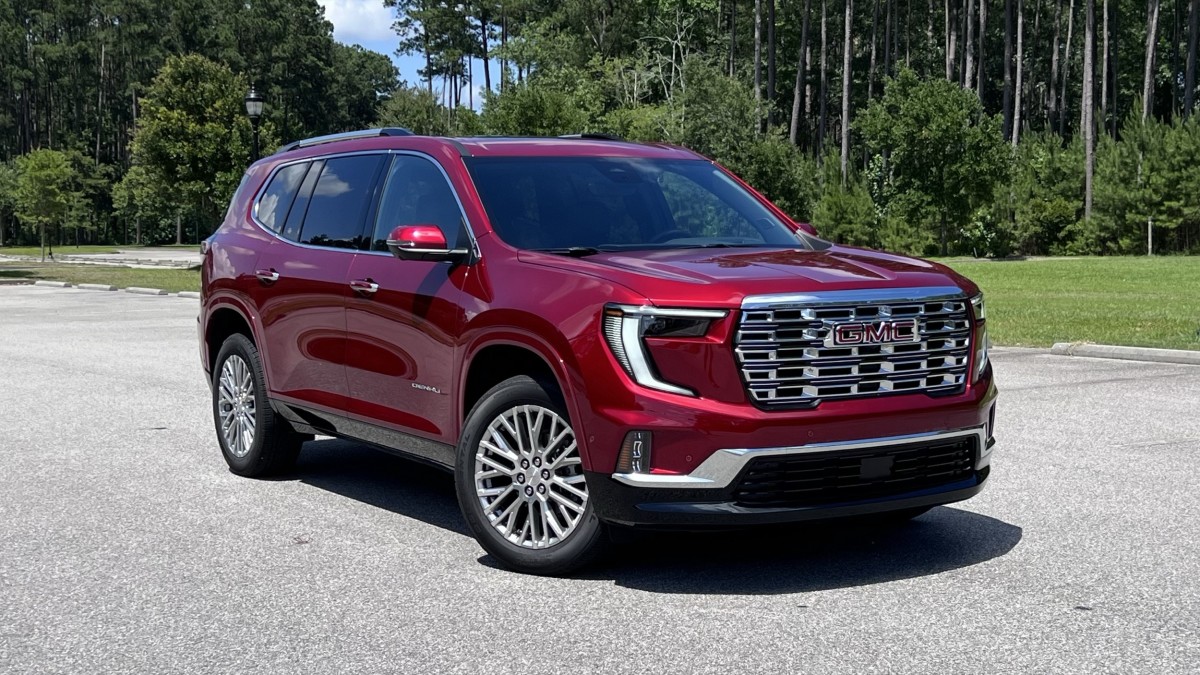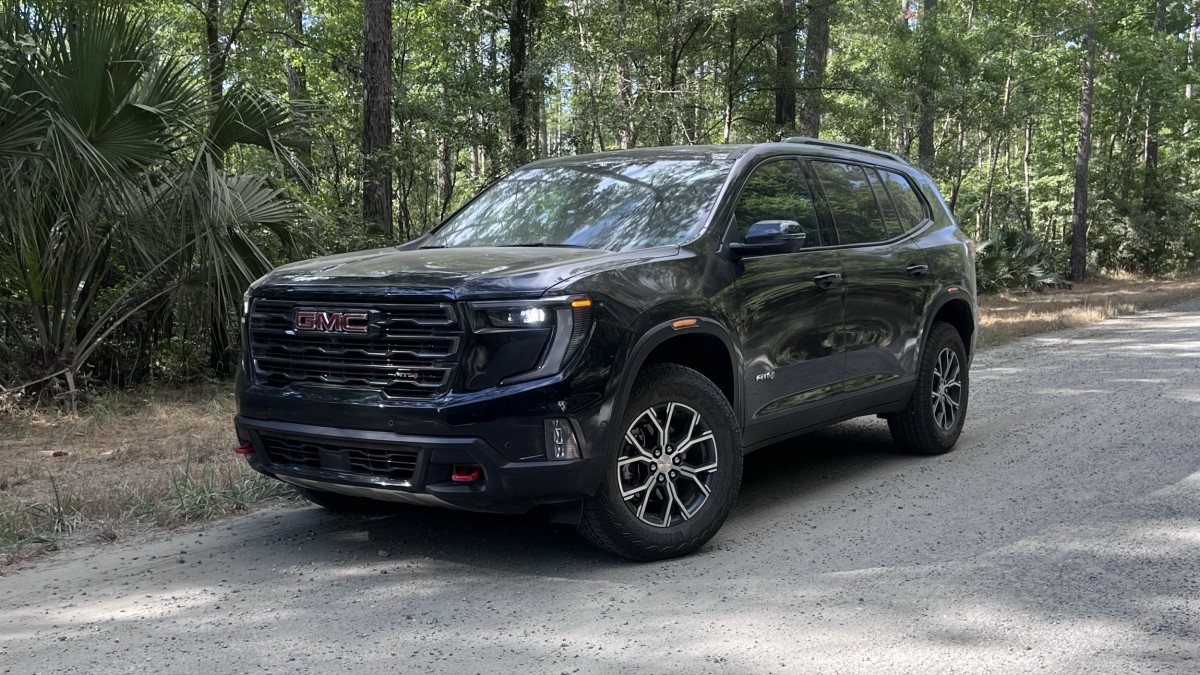It should be no surprise that the US has been infatuated with trucks for quite a while. Their powerful engines and ever-growing size come in handy when carrying heavy loads or towing whatever you want, wherever you want. That’s not to say that trucks are exclusively work vehicles, with a portion of their fanbase often fitting them with lift kits, big tires, and any accouterments deemed necessary to conquer the off-road. Manufacturers have taken note of this trend and have begun offering off-road-focused packages or even entire trims to please that niche.
The offerings: AT4 vs Tremor
Two of the popular offerings on the market today are Ford’s “Tremor” variant and GMC’s “AT4” or “AT4X.” The Tremor can be had on the F-150 as a standalone trim level, much like the Lariat or King Ranch, while the more powerful F-250 and F-350 get it only as a $4,375 package on any 4WD crew cab with either the XLT, Lariat, King Ranch, or Platinum trim levels, and either the 7.3L 2-valve V8 engine (430 hp, 475 lb-ft torque) or the 6.7L Power Stroke V8 turbo diesel high output (500 hp, 1,200 lb-ft torque), all mated to a 10-speed automatic transmission.
On the GMC side of things, the AT4 and AT4X are standalone trim levels offered on any GMC truck or SUV with either the 6.6L V8 engine (401 hp, 464 lb-ft torque) or the 6.6L Duramax turbo-diesel V8 engine (470 hp, 975 lb-ft torque), also mated to a 10-speed automatic transmission.
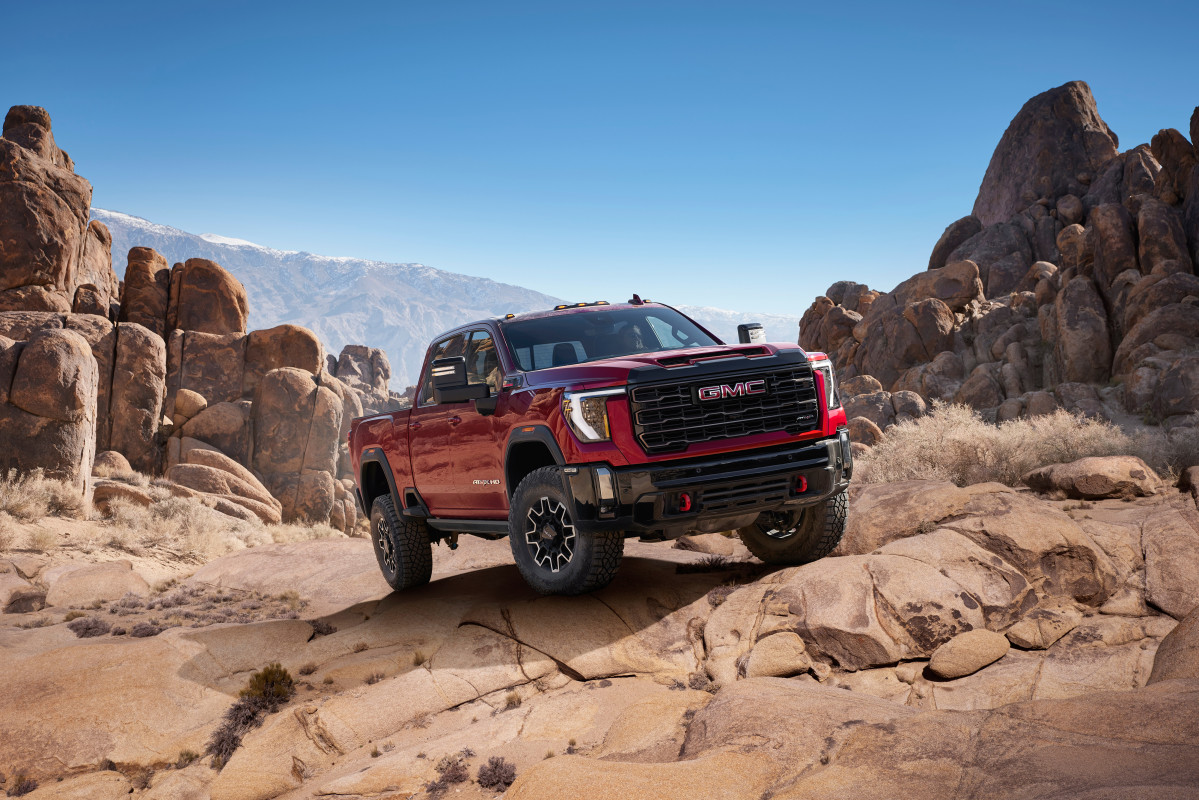
GMC
The question is: which of these two dirt-punishing beasts is superior? Are they both viable options with different pros and cons to offer? To attempt an objective answer, we’ll pit the Ford F-250 with the Tremor package against the GMC Sierra 2500 AT4 & AT4X in a battle of facts and numbers.
Ford F-250 Tremor
From the blue oval side hails the F-250 Tremor. Regardless of whether you pick the 7.3L 2-valve V8 engine or the 6.7L Power Stroke V8 turbo diesel, the Tremor package adds several goodies to help traverse rocky terrain.
More lift, bigger tires, and advanced off-road tech keep the F-250 Tremor on the right path
Special front springs provide an extra 2-inch ride height lift, resulting in 10.8 inches of ground clearance. Helping you take advantage of the extra lift are 18-inch wheels wrapped with beefy 35-inch off-road tires, a rear electronic locking differential with a 4.30 final drive ratio for the gas engine and 3.55 final drive ratio for the diesel, as well as a front limited-slip differential.
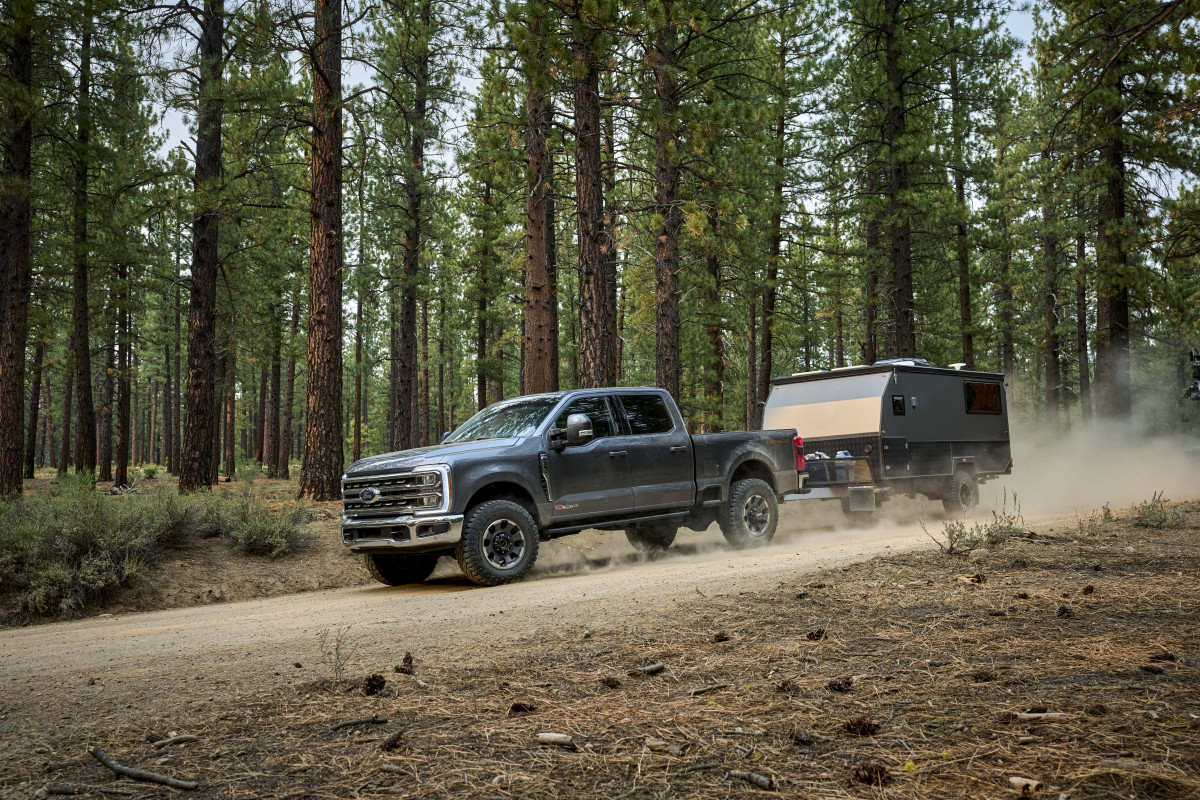
Ford
Performance front and rear shock absorbers, off-road running boards, and skid plates protecting the transfer case and fuel tank further enhance its ruggedness and keep the important bits safe from sharp rocks. The truck also features higher front air dams and water-fording vent tubes for the transfer case and axles, giving it a 33-inch water-fording capability for those Oregon Trail reenactments. Lane departure warning, Rock Crawl Mode, Trail Control Mode, and the signature Tremor Off-Road decal round out this impressive package while giving the Tremor a techy touch as well. Other noteworthy figures include a 31.6-degree approach angle and a 24.5-degree departure angle.
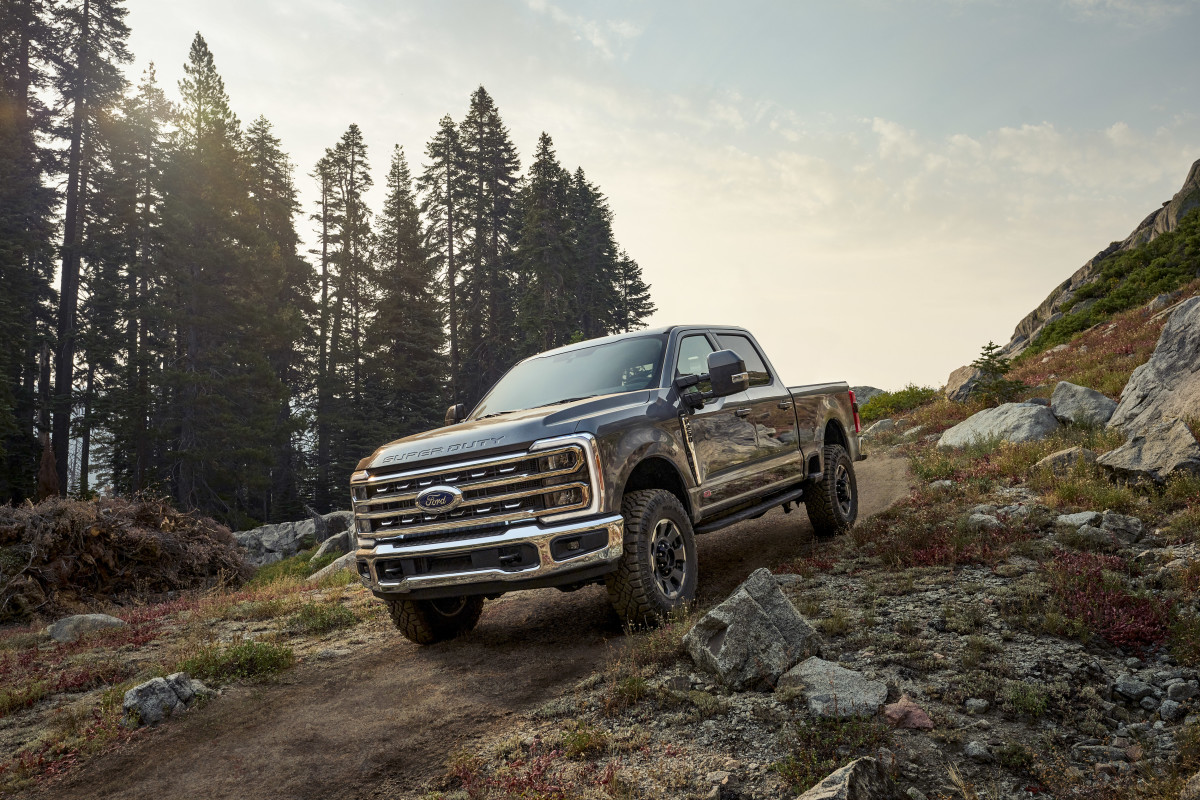
Ford
Off-road performance doesn’t come cheap
At the bottom rung of the ladder sits the XLT trim level with the 7.3L 2-valve V8 engine, the Tremor package, and no other options for $61,880. At the top is the Platinum trim level with the more powerful 6.7L Power Stroke V8 turbo diesel high output engine, the Tremor package, and no other options for $96,660. That number can always increase if any of the myriad optional equipment catches your eye. It should also be noted that there are significant luxury differences between the XLT and Platinum, like the sound system, climate control, display sizes, and interior materials, for those who want to tame the dunes in comfort.
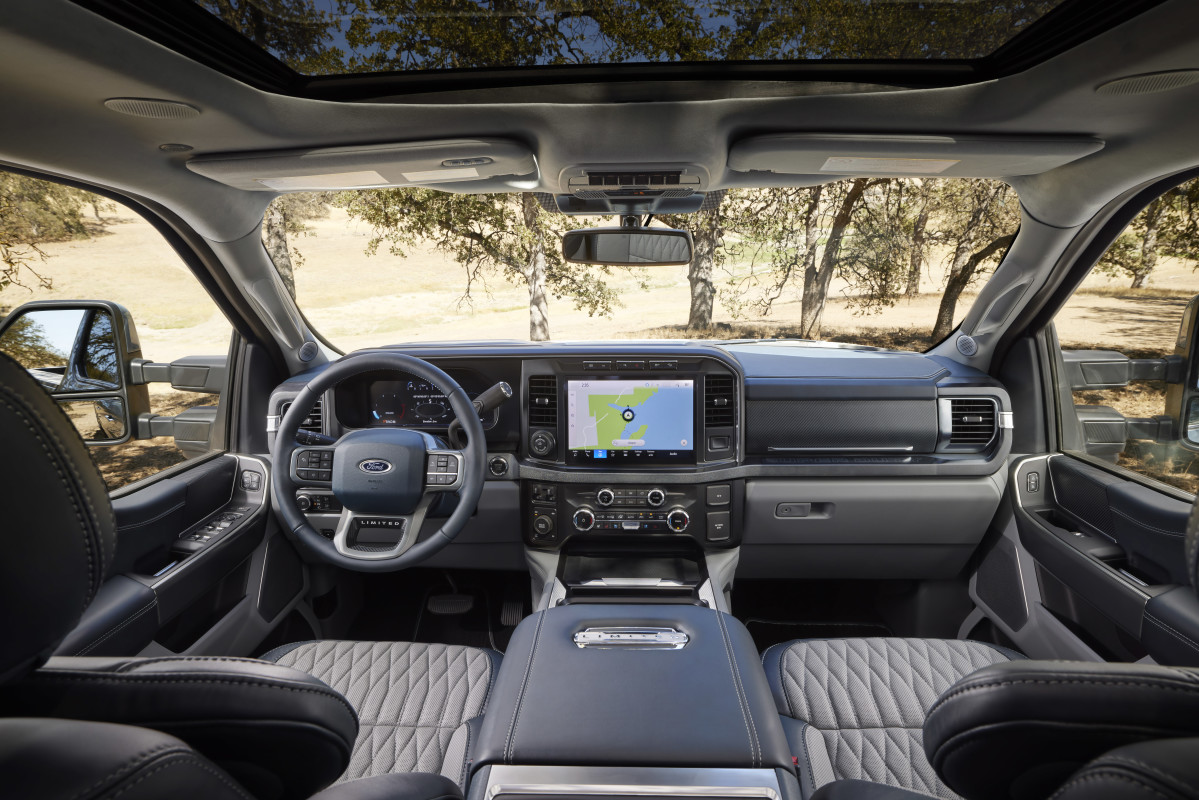
Ford
GMC Sierra 2500 AT4/AT4X
Building an AT4/AT4X is a little easier than with Ford’s Tremor, given that it’s a standalone trim level and not a package depending on the truck’s base build. Both versions toughen up the Sierra 2500 for more serious off-road use.
The 2500 AT4 does off-road in a more comfortable and accessible fashion
On top of the SLT’s standard features, opting for an AT4 gives your interior a snazzier touch with a Jet Black color scheme bordered with Kalahari accents, as well as heated and ventilated perforated front leather seats.
The aluminum wheels are 2 inches bigger than the Tremor, sitting at 20 inches with a gloss-black finish (questionable for dirty off-road use) and available BFGoodrich off-road tires. The Off-Road Suspension Package with twin-tube Rancho shocks and skid plates gives the AT4 a total of 10.1 inches of ground clearance, while Hill Descent Control and the Autotrac 2-speed transfer case help you conquer whatever canyon you’re descending.
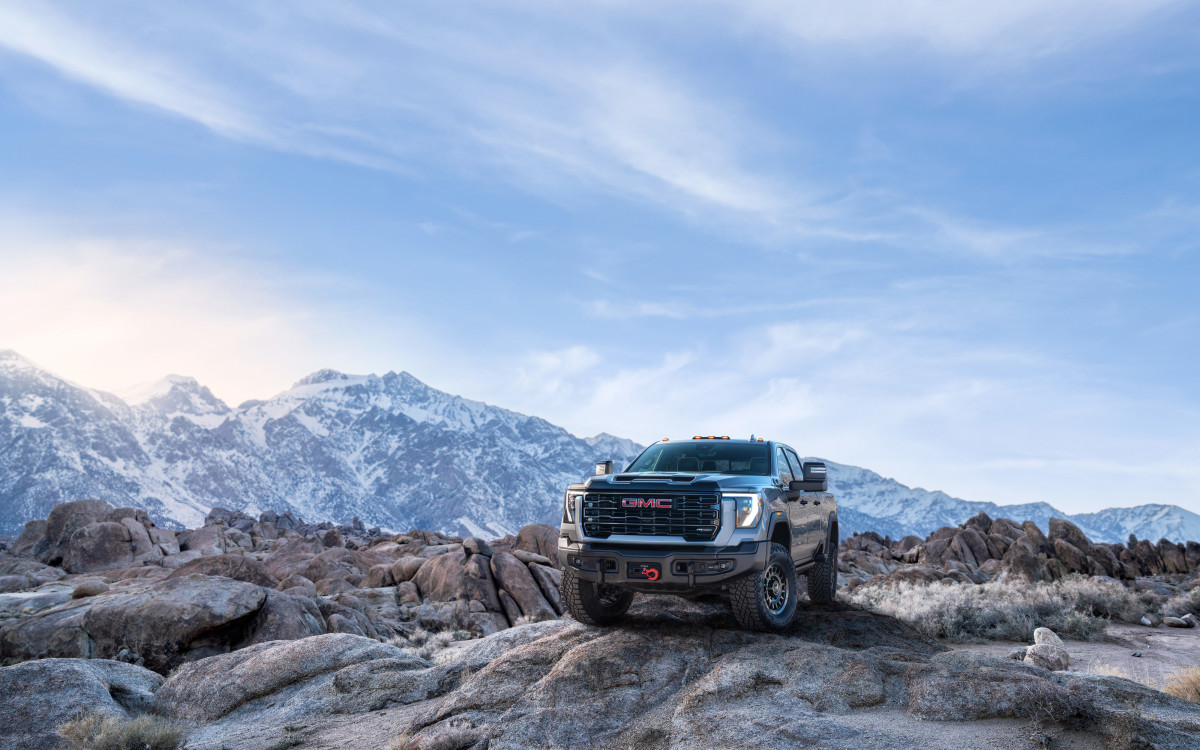
GMC
Avoiding sharp rocks and other blunders is even easier in the AT4 thanks to 14 available camera views with HD Surround Vision. Once you’re back on the tarmac, hit the Adaptive Cruise Control and relax after a hard day on the dirt.
While the feature list may not be as extensive as the Tremor’s, it’s worth noting that the SLT comes standard with features like a 3.73 rear axle ratio, an automatic locking rear differential, an external engine oil cooler, an external auxiliary transmission oil cooler, a heavy-duty air filter, and Digital Variable Steering Assist. The AT4X is where things get more interesting, though.
Things get more serious with the GMC Sierra 2500 AT4X
At a glance, GMC clearly intends the AT4X to be the go-to trim level for serious off-roading. On top of the AT4’s goodies, the X adds a factory-installed 1.5-inch suspension lift for a total of 11.6 inches of ground clearance and Tremor-matching 35-inch Goodyear Territory MT tires. A rear electronic-locking differential helps get you out of ruts, the Multimatic DSSV dampers protect your spine if you hit those ruts, and larger steel and aluminum skid plates protect the truck’s vitals. The 31.6-degree approach angle remains the same as the Tremor’s, while the 25.7-degree departure angle is slightly higher.
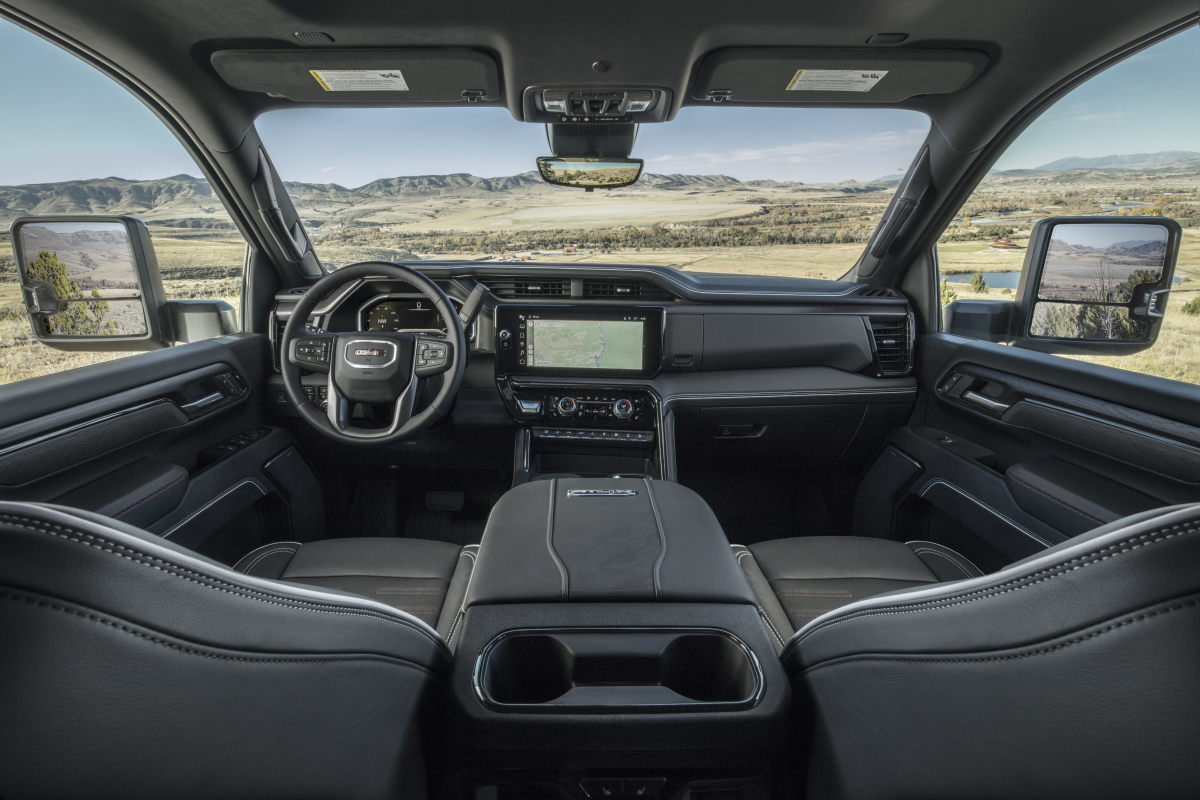
GMC
That’s not to say the off-road additions eliminate the luxury features introduced in the AT4. Sixteen-way heated and ventilated power front seats with a massage feature keep you comfy, surrounded by an Obsidian Rush interior featuring full-grain leather with technical-grain leather accents and authentic Vanta ash wood.
AT4X American Expedition Vehicles offering
Want a snazzier touch to your build? Opt for the AT4X American Expedition Vehicles (AEV) Edition for an extra $9,390. On top of AEV-branded aesthetic differences both inside and outside, the AT4X AEV rides on special 18-inch Salta Wheels that increase ground clearance by 0.2 inches to 11.8 inches but lower the approach angle to 29.8 degrees.
Let’s talk pricing on AT4 & AT4X
The cheapest option is the 2500 AT4 with the 6.6L V8 engine and no options for $72,995. At the top is the 2500 AT4X with the 6.6L Duramax turbo-diesel V8 engine and no options for $94,685. We’ve left out the AEV package as it didn’t add much off-road prowess for the price tag.
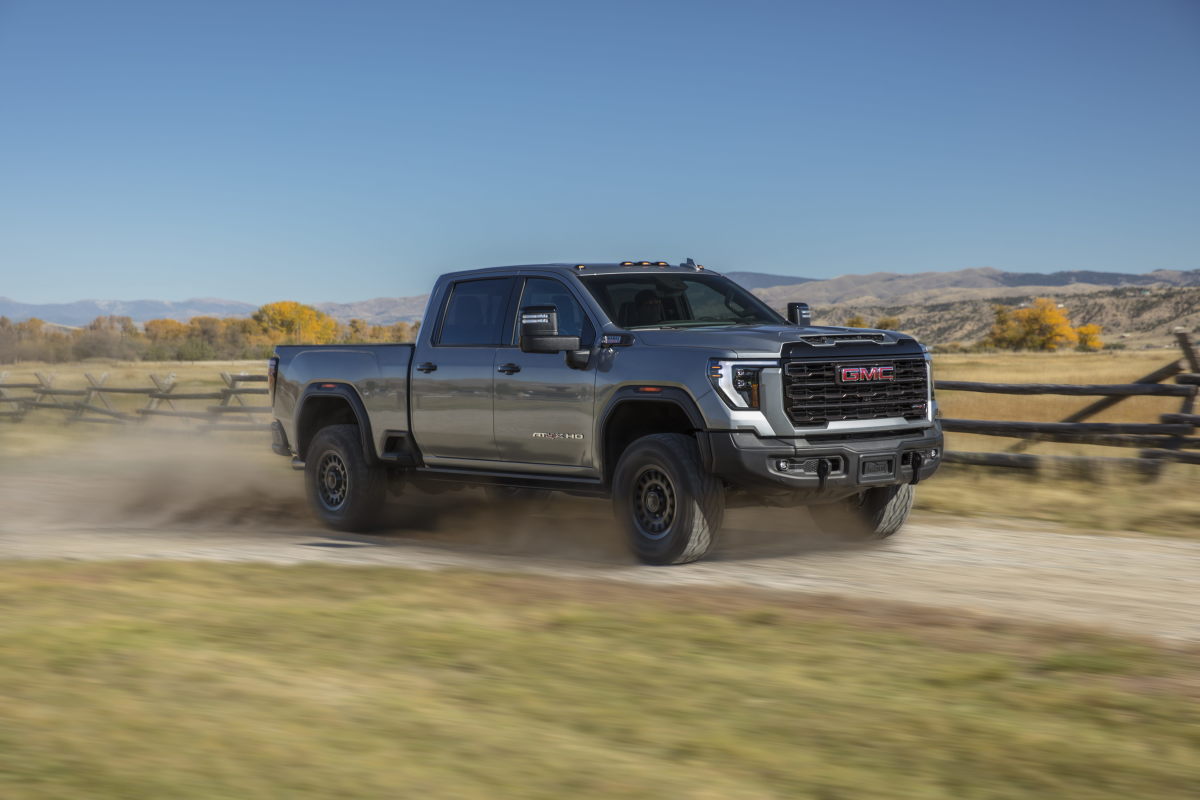
GMC
So who wins?
There you have it—a comprehensive comparison of two off-road-focused HD trucks available on the market right now. The base XLT Tremor is more than $11,000 cheaper than the 2500 AT4, with an extra 29 hp and more off-road capability thanks to the rear electronic locking differential, front limited-slip differential, and water-fording equipment. While the AT4 sits 2 inches higher, it still has lower ground clearance at 10.1 inches compared to the Tremor’s 10.8 inches. The rear axle ratios also differ, with the Tremor’s 4.30 ratio for the gas engine far surpassing the AT4’s 3.73 ratio. The diesel Tremor has a 3.55 ratio but at a higher price.
At the top end, the 2500 AT4X is almost $2,000 cheaper than the Platinum Tremor, has 30 fewer hp, but offers nearly an inch of extra ground clearance and a higher departure angle thanks to the bigger wheels. It lacks water-fording equipment, but like its lower-priced sibling, it makes up for it in comfort.
For a hardcore off-road experience, the F-250 Tremor Diesel is the way to go. The extra power and equipment should keep you competitive on the trails. If you’re after a lighter off-road experience with more comfort, the AT4X Diesel offers a fantastic balance of power, capability, and luxury.

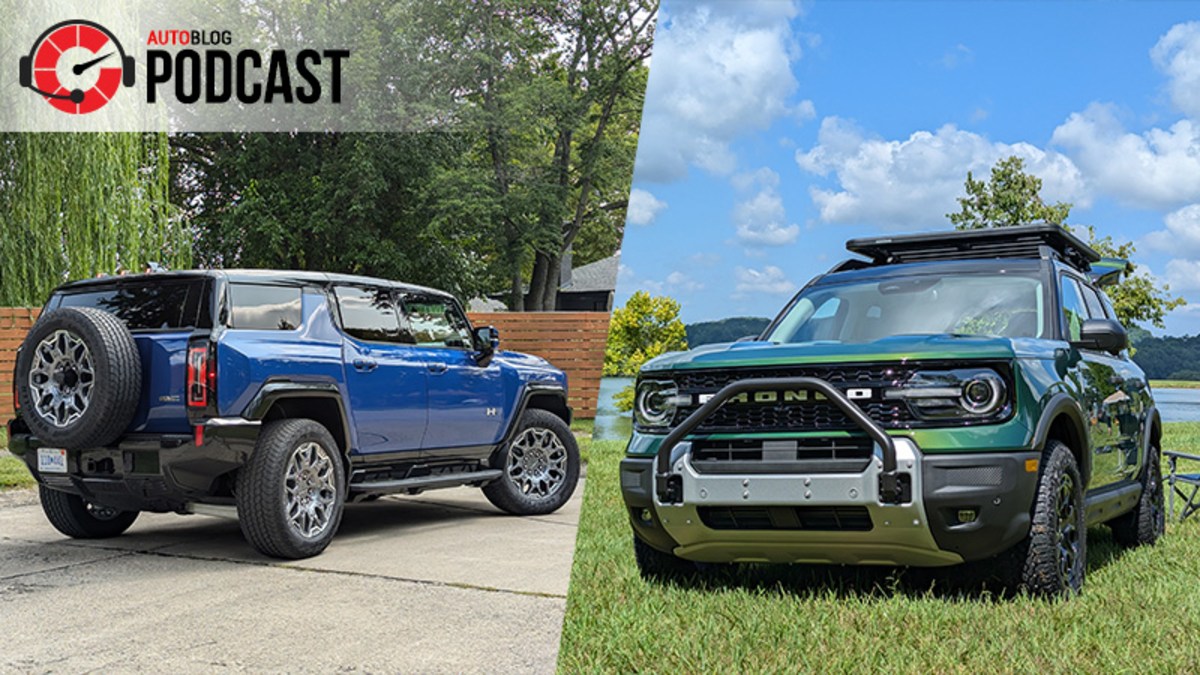 Plus, Formula 1 is back, and the VW ID.Buzz gets a price
Plus, Formula 1 is back, and the VW ID.Buzz gets a price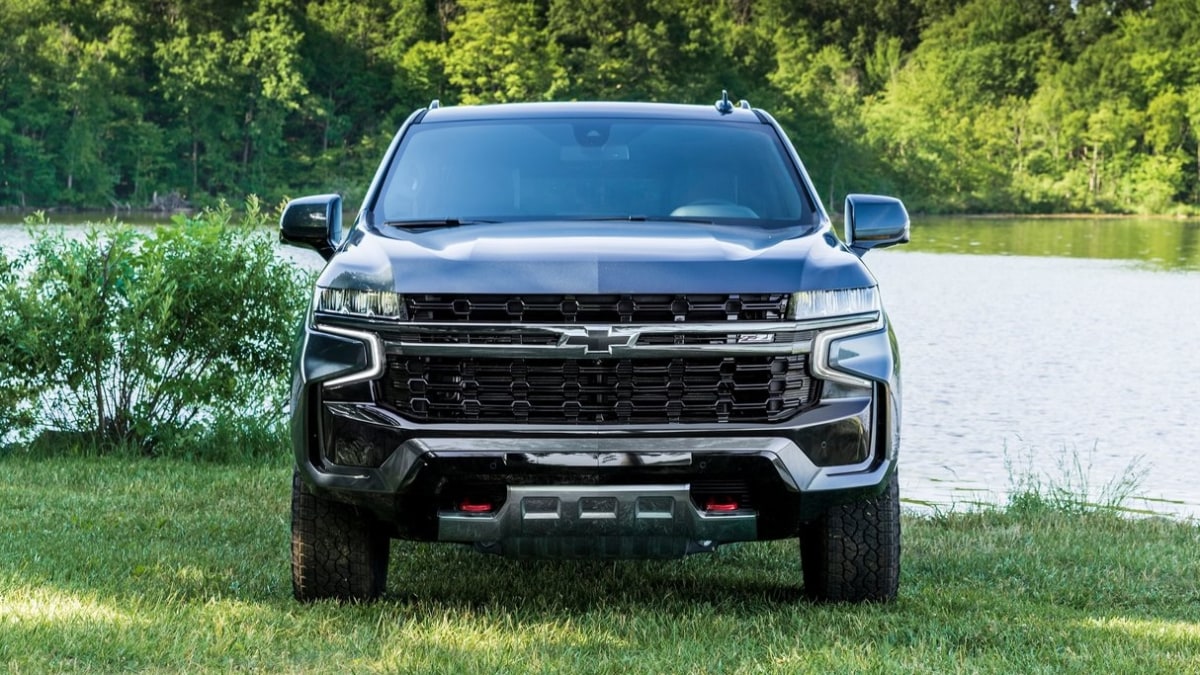
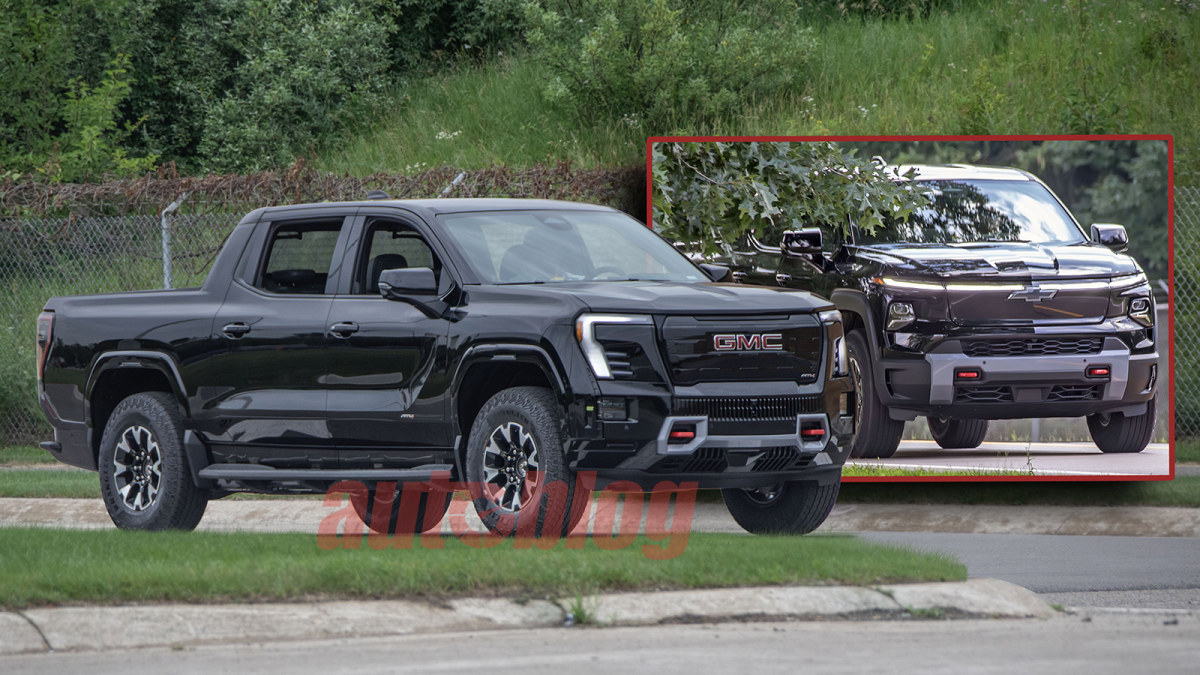

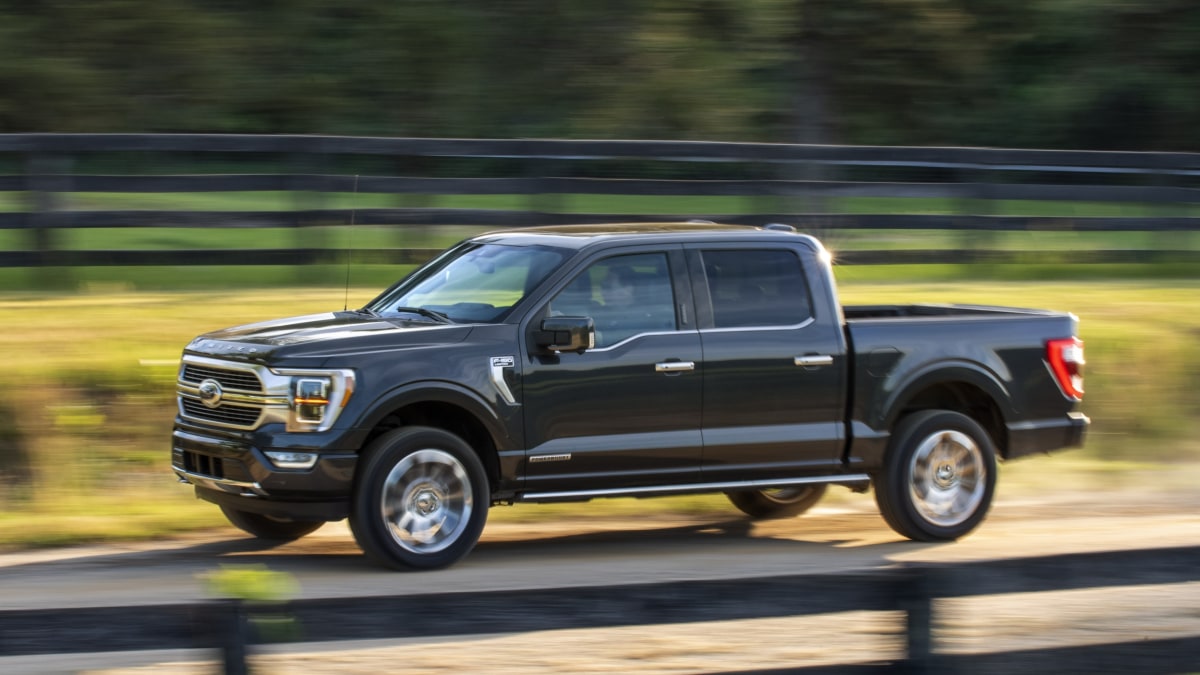
 Plus some sad discontinuation news and rumors
Plus some sad discontinuation news and rumors